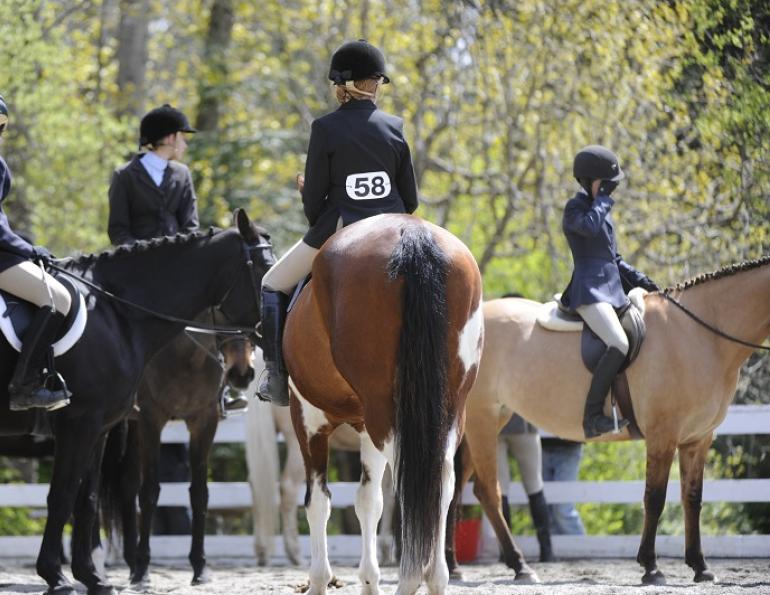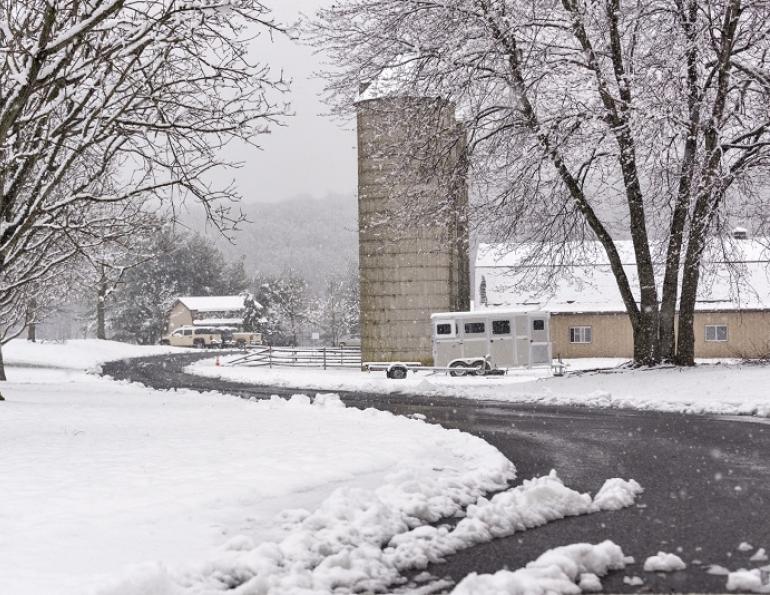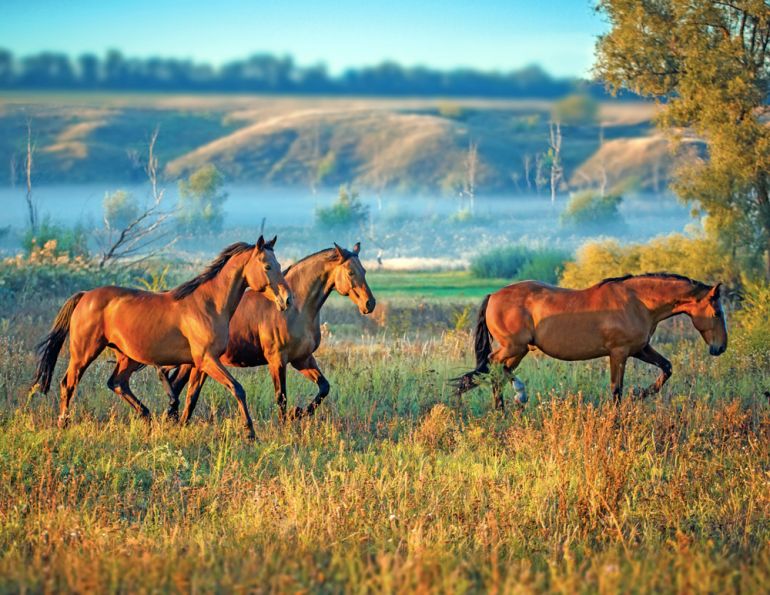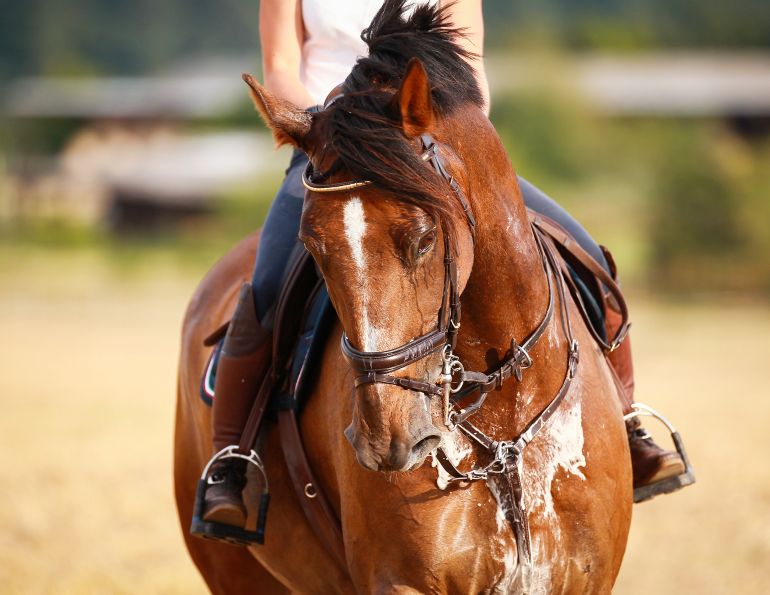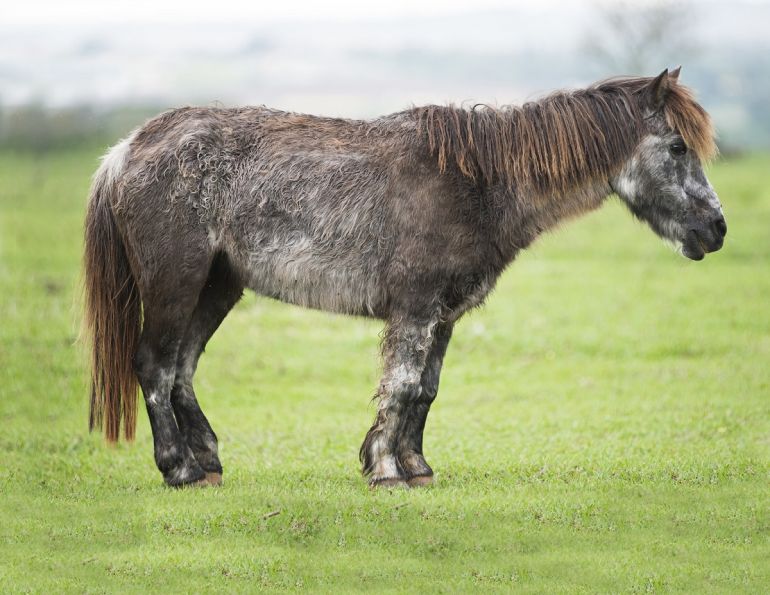By Jess Hallas-Kilcoyne
As horse owners, we are entirely responsible for maintaining the health, safety, and well-being of our animals. This includes protecting our horses against the diseases that have the potential to cause them pain, suffering, or even death. One of the most effective ways that an owner can guard their horse against such a fate is by ensuring an appropriate vaccination program. In the words of Benjamin Franklin, “An ounce of prevention is worth a pound of cure.”
There are a number of vaccines – against tetanus, rabies, eastern and western equine encephalomyelitis (EEE/WEE), and West Nile virus (WNV) – that are strongly recommended for all horses (with the rarely occurring exception of horses that have experienced serious adverse reactions to vaccinations in the past). These are called “core” vaccines, and the American Veterinary Medical Association defines them as those that “protect from diseases that are endemic to a region, those with potential public health significance, required by law, virulent/highly infectious, and/or those posing a risk of severe disease. Core vaccines have clearly demonstrated efficacy and safety, and thus exhibit a high enough level of patient benefit and low enough level of risk to justify their use in the majority of patients.”
Non-core or “risk-based” vaccines, on the other hand, are only administered when they are deemed necessary. These vaccines include rhinopneumonitis or equine herpesvirus (EHV) types 1 and 4, equine influenza, Potomac horse fever (PHF), strangles, botulism, anthrax, rotavirus, and equine viral arteritis (EVA). The need for each of the risk-based vaccines varies from horse to horse, and so each vaccination program should be tailored to the individual horse.
“Are you dealing with horses traveling around and showing?” asks Dr. Renaud Leguillette, Associate Professor, Equine Internal Medicine, University of Calgary, in Calgary, Alberta. “Because [the vaccination requirements] will be different from those for the backyard horses, which will be different from the broodmares, and so on, you have to assess the risks for each of these.”
The primary risk factors that should help determine your horse’s vaccination program are: geographic location, traveling/high traffic, age, and pregnancy.
Geographic Location
Different diseases tend to have different geographic distributions. Take Potomac horse fever (PHF), for example. The most recent outbreaks of PHF in Canada have occurred in eastern and southwestern Ontario, and parts of Alberta.
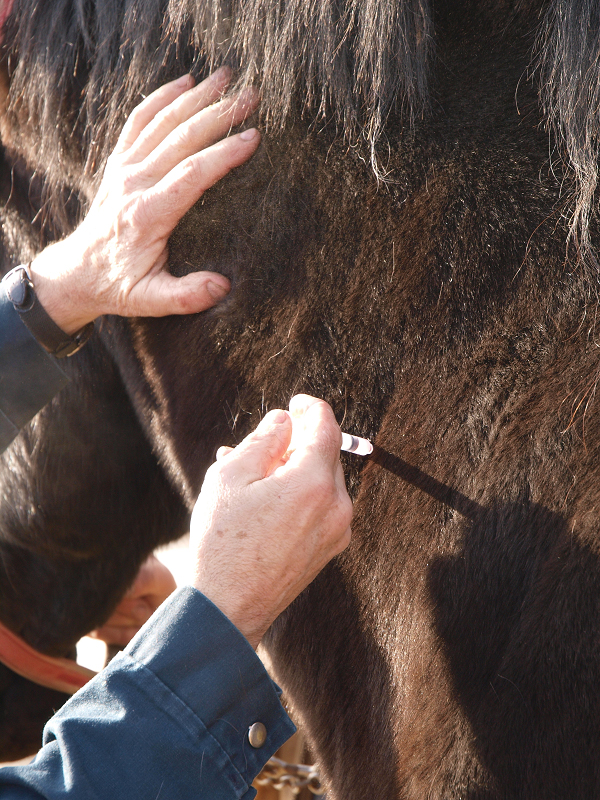
Photo: Pam MacKenzie Photograph - When outlining a vaccination program for your horse, remember to tailor the program to reflect his age, location, occupation, and lifestyle.
“In our area, there’s a higher prevalence of Potomac horse fever,” says Dr. Corey Todd, of Gilson Equine Veterinary Services in Peterborough, Ontario. “We have a couple of cases every summer. So, especially on farms that have a history of Potomac horse fever, we recommend that horses be vaccinated.”
Regions endemic for PHF can be quite localized. “It depends on the area,” says Dr. Leguillette. “If you go east of Calgary, we have a lot of [PHF] cases there. If you go on to the west side, there is nothing. The province level is too broad. It should be narrowed down to the individual horse or the individual farm.”
In addition to the history of outbreaks of a disease in a particular region, risk assessment based on geographic location should also consider natural environment of the vector. Regions with ecological systems supporting large mosquito populations, for example, will automatically place horses at greater risk for mosquito-borne diseases – namely WEE, EEE, and West Nile virus. This principle may account for the higher prevalence of PHF in eastern Ontario, where large hatches of the insects which act as a vector for the disease have been reported.
Botulism and anthrax, while far less common than PHF, also tend to be a region-specific risk.
“These are very specific,” explains Dr. Leguillette. “I wouldn’t regularly vaccinate horses against botulism or anthrax unless you are at a troubled farm or in a troubled area. They’re absolutely not vaccines we use commonly.”
For the botulism vaccine, an exception is made for horses whose diet includes haylage, or hay silage. Haylage is especially susceptible to contamination from botulism-causing bacteria during the raking and baling process, and should not be fed unless the horses have been vaccinated.
Since the bacterium that causes anthrax is only present in the soil in limited regional areas, the anthrax vaccine is typically reserved for horses in endemic areas.
Traveling/High Traffic
Horses that travel frequently, whether locally or to the U.S., are at greater risk of exposure to equine influenza, rhinopneumonitis (equine herpesvirus), and strangles.
“If you’re traveling, your horse will have more stress and be exposed to other horses in show or training facilities,” says Dr. Leguillette. “So definitely, that’s the perfect opportunity for influenza or rhino outbreaks.” He also points out that young horses are at particular risk of strangles. “If you have young horses – yearlings, two-year-olds, or three-year-olds – and they are traveling, I would definitely vaccinate them for strangles.”
“The ones that go down to the U.S. have to have their core vaccines obviously,” agrees Dr. Todd. “The ones that are really necessary are strangles, rhino/flu, and the core vaccines.”
“Not all of them have Potomac,” he continues, but owners should research the prevalence of equine diseases in the regions to which they plan on traveling with their horses.
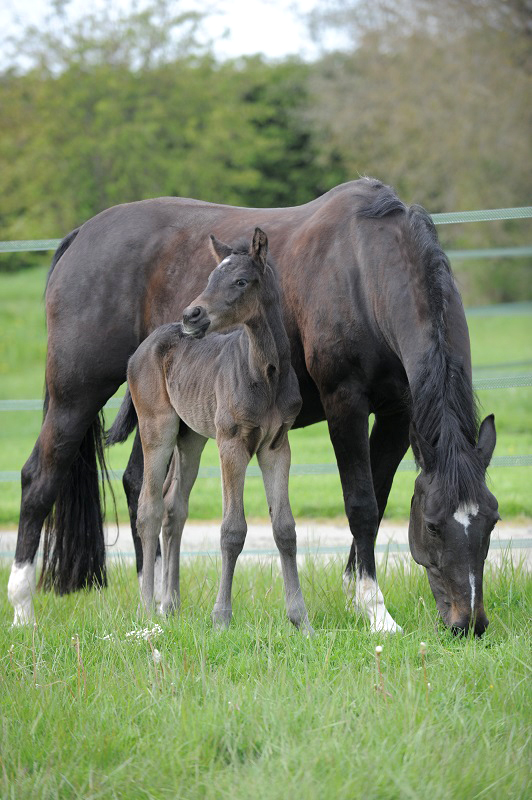
The vaccination program for a broodmare must protect both mare and foal. Foals from vaccinated mares typically receive their first vaccinations around five to six months of age, while foals from non-vaccinated mares are usually vaccinated when the foal is between three and four months old. Photo: Robin Duncan Photography
Age
Vaccination programs may need to be modified for older horses, whose immune system may be weaker than the average horse, and foals, which have very specific vaccination requirements, particularly with regard to schedule.
Ideally, the antibodies in the mare’s colostrum should provide the foal with protection against disease for at least the first nine to twelve weeks of life. Assuming that the mare received the appropriate vaccinations at the appropriate intervals during pregnancy, a foal should receive its first vaccinations at six months of age, followed by two sets of boosters at four to six week intervals. A foal from a non-vaccinated mare should receive its first vaccination between three and four months of age, the second vaccination between four and five months of age, and the third between five and six months of age.
In addition to the core vaccines, some foals may also require vaccination against equine influenza, rhinopneumonitis, Potomac horse fever, and strangles.
Pregnancy
Broodmares require a very different vaccination schedule from that of pleasure horses, as many diseases can cause abortion in pregnant mares. Vaccinating a broodmare against equine herpesvirus-1 in her fifth, seventh, and ninth months of pregnancy lowers (but does not eliminate) the chance of abortion, and greatly reduces the risk of epidemic abortion in a herd.
Additionally, a broodmare should receive her core vaccinations for tetanus, WEE/EEE, and West Nile virus four to six weeks before foaling to ensure that her colostrum provides her foal with the necessary antibodies. The rabies vaccine can be administered at this same time, although some veterinarians recommend that mares be vaccinated against rabies before breeding.
Also at four to six weeks before foaling, a pregnant mare may be vaccinated against equine influenza, strangles, and Potomac horse fever if these are deemed necessary. The rotavirus vaccine is an additional option, but Dr. Leguillette says: “For the rotavirus I would only vaccinate if I have documented some problems on the farm.”
Designing a vaccination program that addresses the specific risk factors affecting your horse can be challenging, and should always be done in consultation with your veterinarian.
The information in this article is for information purposes only and should not be relied upon as a substitute for professional veterinary advice. No liability will accrue to the publisher or author of the article in the event that a user suffers loss as a result of reliance upon the information.
Main Article Photo: Robin Duncan Photography - Horses that show or travel frequently, or are housed in stables with a high volume of in and out traffic are generally at greater risk of contracting a communicable disease.
This article originally appeared in the March 2013 issue of Canadian Horse Journal.



